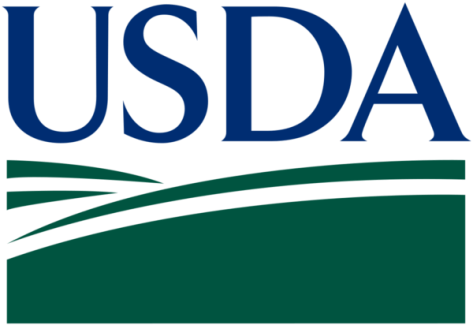Dec. 21 – The New Zealand dollar fell from peak levels this year as a slump in dairy prices weighed on the outlook for the country’s largest export, and pushed down interest rates, while a stronger US economy lifted the greenback.
The kiwi recently traded at 67.33 US cents, down from 77.97 cents at the start of the year, and from a peak of 88.35 cents in the middle of last year.
Global dairy prices have dropped below the cost of production this year as supply outweighs demand. New Zealand is the world’s largest dairy exporter, sending about 95 percent of its production overseas, and the decline in prices has weighed on the economy and prompted the Reserve Bank to reduce the benchmark interest rate four times, completely unwinding last year’s rate hikes. Meanwhile in the US, a strengthening economy prompted the Federal Reserve this month to raise interest rates for the first time in almost a decade, and with four more hikes expected for next year, is increasing the lure of US assets.
“We have a continued expectation that the US dollar will strengthen over the first half and the second half of next year as a broad trend, and that is keeping a lid on kiwi/US,” said ANZ Bank New Zealand senior foreign exchange strategist Sam Tuck. “Exporters could certainly use a lift because commodity prices are going down.”
ANZ expects the kiwi to fall to about 59 US cents by the end of next year, before picking up again in 2017.
The kiwi is headed for a 14 percent decline against the greenback this year, but most of the movement occurred in the first half of the year, with the currency budging little in the second six months even though Reserve Bank governor Graeme Wheeler cut the benchmark in July, September and December.
That’s largely because financial markets had already priced the interest rate reductions into the currency, said the ANZ’s Tuck.
The broader trade-weighted index, which measures the kiwi against the currencies of the country’s main trading partners, has declined a more modest 7.3 percent so far this year. It was recently at 73.39 from 79.15 at the start of the year. However unlike the kiwi/US rate, the broader TWI has actually advanced since the middle of the year, reflecting economic weakness in other economies which has prompted their central banks to add further stimulus.
“We completely agree with the RBNZ that it is appropriate for the currency to go lower but we are in a world where over half the economic input of this world is on a clear easing bias or engaged in QE (quantitative easing),” Tuck said. “That makes the New Zealand dollar the tallest pygmy in the pack and when you are the tallest pygmy there’s not much you can do about it.”
In 2016, the kiwi is likely to remain strong against the Australian dollar and the Japanese yen and may decline later in the year against the euro and the British pound as their economies strengthen, Tuck said.
“We see 2016 as quite a transition year for markets,” he said. “The Fed led us into QE and the Fed is hopefully going to lead us out of QE. We expect by the end of 2016, we can get back on to hopefully a much more normal global economic environment.”
By: Tina Morrison
Source: Yahoo Business & Finance-New Zealand




